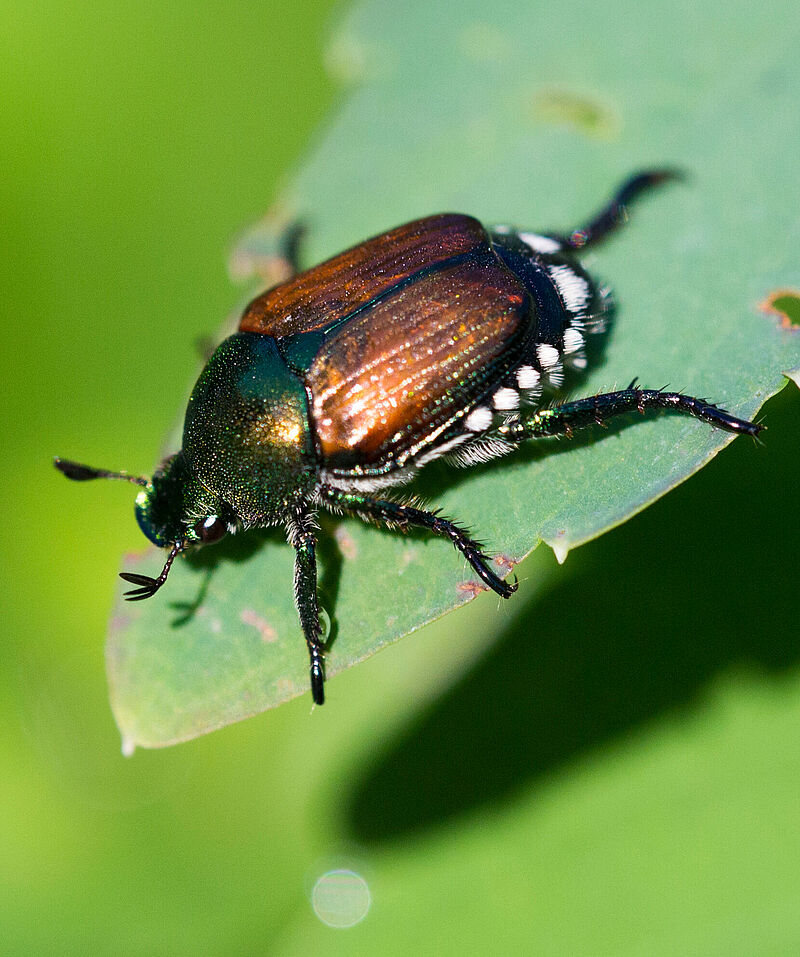
Importance of the Japanese Beetle
The Japanese beetle (Popillia japonica), known for its striking metallic green and copper color, poses a significant threat to agriculture and horticulture across North America. First identified in the U.S. in 1916, this invasive species has since spread to Canada, damaging more than 300 plant species including fruits, vegetables, and ornamental plants. Understanding its life cycle and impact is essential for effective management.
Lifecycle and Habitats
Japanese beetles complete their life cycle in roughly 30 to 45 days. They emerge in late spring and early summer, when temperatures rise. Adult beetles feed on the leaves of plants, often skeletonizing them by eating the tissue between the veins, leading to significant aesthetic and agricultural damage. Once fed, they mate, laying around 40 to 60 eggs in the soil, which hatch into larvae that overwinter in the ground.
Current Effects and Infestation Reports
In recent reports from the Canadian Food Inspection Agency (CFIA), infestations of Japanese beetles have been reported in multiple provinces, particularly Ontario and Quebec. Farmers are increasingly concerned about crop yields as the beetles feed on corn, soybeans, and various fruit trees. In urban areas, garden enthusiasts are also facing challenges as the beetles invade landscapes, causing distress among gardeners trying to preserve their plants.
Control and Management Strategies
Effective management of Japanese beetles involves a combination of cultural, mechanical, and chemical strategies. Cultural practices include planting resistant plant varieties and maintaining healthy soil. Mechanical control can be achieved by physically removing beetles or using traps, although traps should be strategically placed to avoid attracting more beetles into gardens. Chemical control methods involve the application of insecticides targeted at adults and larvae, but these should be used judiciously to minimize impacts on beneficial insects.
Conclusions and Future Forecasts
As the climate changes and globalization increases, the spread of the Japanese beetle is likely to continue. Farmers and gardeners are urged to stay informed and proactive in managing potential infestations. Public awareness campaigns and community engagement are crucial for controlling the spread of this pest. With effective strategies in place, the agricultural community can mitigate the adverse effects of the Japanese beetle and safeguard Canada’s rich biodiversity.



